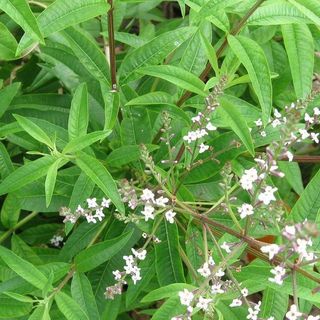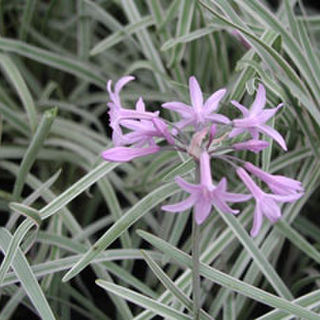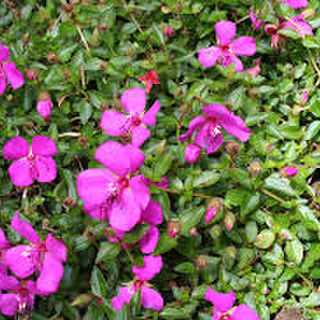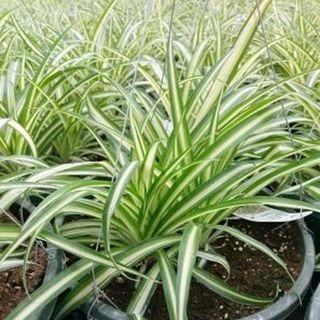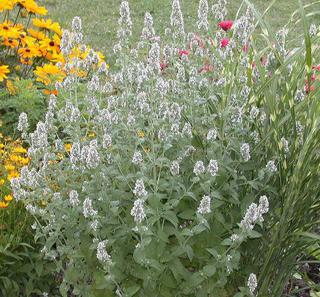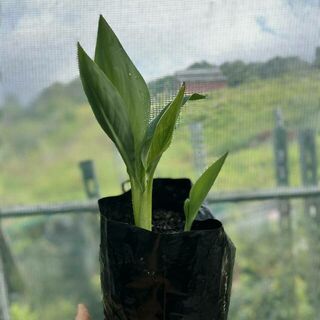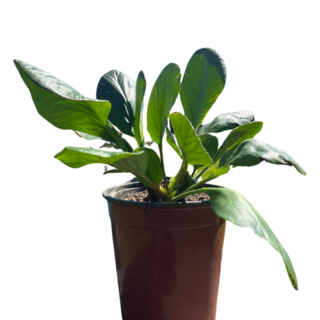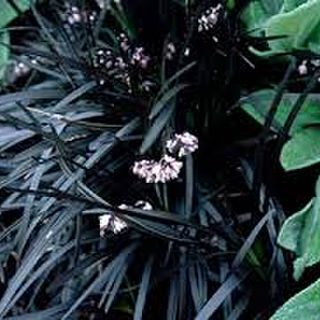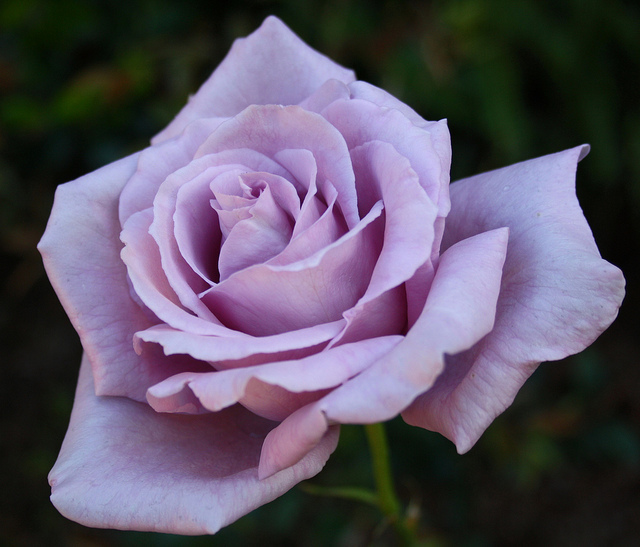- PRNZ Home
- Shop Now
- Bedding Plants
- Bog Plants
- Bromeliads
- Budget friendly plants
- Bulbs
- Climbers and Vines
- Edibles
- Ferns
- Fertilisers/Soil Conditioners
- Food Forest
- Fragrant
- Fruit Nuts Citrus
- Garden Mulches
- Garden & Potting Mixes
- Gifts for Him n Her
- Grasses
- Groundcovers
- Herbs and Veges
- Humhiss Essentials
- Indoor Plants
- Medicinal
- Mothers Day
- Natives
- Palms
- Perennials
- Pots
- Roses
- Seeds
- Subtropicals
- Succulent and Cacti
- Trees
- Wildflowers
- PR Rewards program
- About Us
- Contact Us
- Garden Design
- Gallery
- Subscribe/Login
- Our Blog
- COVID 19 UPDATE
- Delivery & T's n C's
- Swap & Trade Plants
Rose 'Blue Moon' - German Roses
|
|
Tantau 1964, Hybrid Tea lavender color.
Beautiful fragrance with up to 40 petals of varying large, and double (17-25 petals). This is a classic hybrid tea, exhibition bloom form. Blue Moon blooms in flushes throughout the season.
Blue Moon is a Medium, upright grower and can be used for cut flowers, exhibitions or in your garden. Shes pretty hardy, but prefers warmer sites and likes Spring pruning. Height 60 to 150 cm, Width 60 cm. This is a cutting grown form.
Beautiful fragrance with up to 40 petals of varying large, and double (17-25 petals). This is a classic hybrid tea, exhibition bloom form. Blue Moon blooms in flushes throughout the season.
Blue Moon is a Medium, upright grower and can be used for cut flowers, exhibitions or in your garden. Shes pretty hardy, but prefers warmer sites and likes Spring pruning. Height 60 to 150 cm, Width 60 cm. This is a cutting grown form.
Price:
NZ$ 39.95 including GST
NZ$ 34.74 excluding GST
1.3L
ROSBMOON1.5L
Out Of Stock
Not available
We don't have any in stock, but more can be . Don't miss out!
Features
@ Plant Zero we grow Own-Root Roses.
What are Own-Root Roses?
Own-root roses are roses grown from cuttings taken from stock plants. Unlike grafted roses, the roots of own-root roses are the same variety as their flowering tops.
Plant Zero Nursery does not do any budding or grafting of roses. Unlike the majority of rose growers, we sell only own-root, virus-free roses. Our roses are first-year cuttings that are grown from a leaf cutting taken from a “mother” or “stock” plant. Own-root roses may be smaller when purchased, but quickly catch up to grafted roses (which are usually sold as two-year-old plants).
A Solution with Benefits
Growers initially began producing own root-roses as a response to the prevalence of Rose Mosaic Virus within the industry. This nasty virus was spread through grafting. Growers found that they could greatly reduce the spread of RMV if they used virus-free stock plants. Soon the industry discovered that roses grown on their own natural roots (and not those of another variety) had other advantages too:
- Own-root roses are hardier than grafted roses because their crown has not been weakened. The bud union of a grafted rose is vulnerable to cold and can be easily damaged during a hard winter.
- Own-root roses come back true to variety from a hard winter, because they have their own root system. Winter kill is less likely.
- Own-root roses are shaplier because they send up shoots from their own roots. This creates a fuller plant over time, which adds to increased vigor, bloom, and life expectancy.
- Own-root roses have no rootstock suckers, meaning more energy is sent to the main plant.
Stronger Plants for You
Most varieties grow rapidly their first year, though they seem smaller than their grafted counterparts. There is a saying with own-root roses:
The first year they sleep; the second year they creep; the third year they leap!
When an own-root rose is 3 years old, it will be identical in size to a grafted rose of the same age (if not sooner).
Q: Can a rootstock improve the disease resistance of a rose grafted onto it?
A: No, but it can improve the vigor.
Budding was the primary method of producing roses in the late 1800s. ‘La France,’ the first hybrid tea rose, had a beautiful bloom, but the plant was weak. By budding it onto rootstock, it took on more vigor and budding soon became the method of producing the modern rose.
Longer Life Expectancy
Own root roses live longer than grafted roses. They will not out grow the bud union and need to be replaced after a number of years. Your own-root rose will thrive for as long as it is well cared for.
Own-root roses are not the best choice for instant gratification. However, vigor, hardiness, and the elimination of budding and grafting guarantees that the rose you selected, loved, and cared for will always be that same rose. If you live in a cold climate or have a rose that started off one color and is now another color (because the top died and the rootstock took over), give own-root roses a try. They are a superior product.
View your shopping basket or Browse other items in German Roses.
|
© Copyright Plant Rescue NZ
- Site map
|
